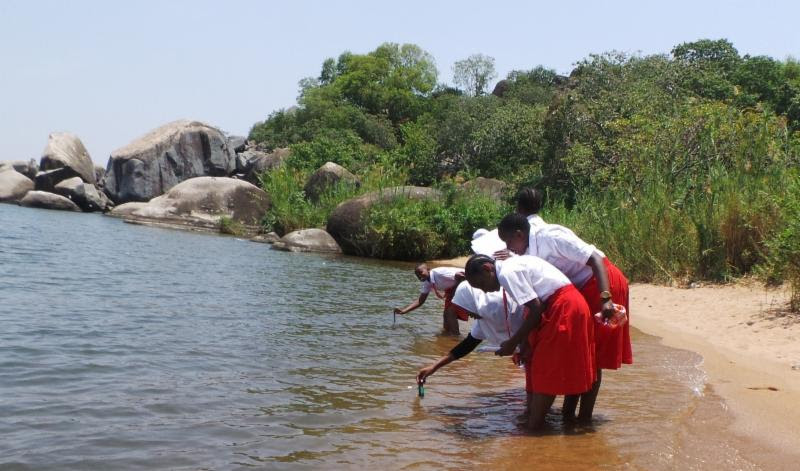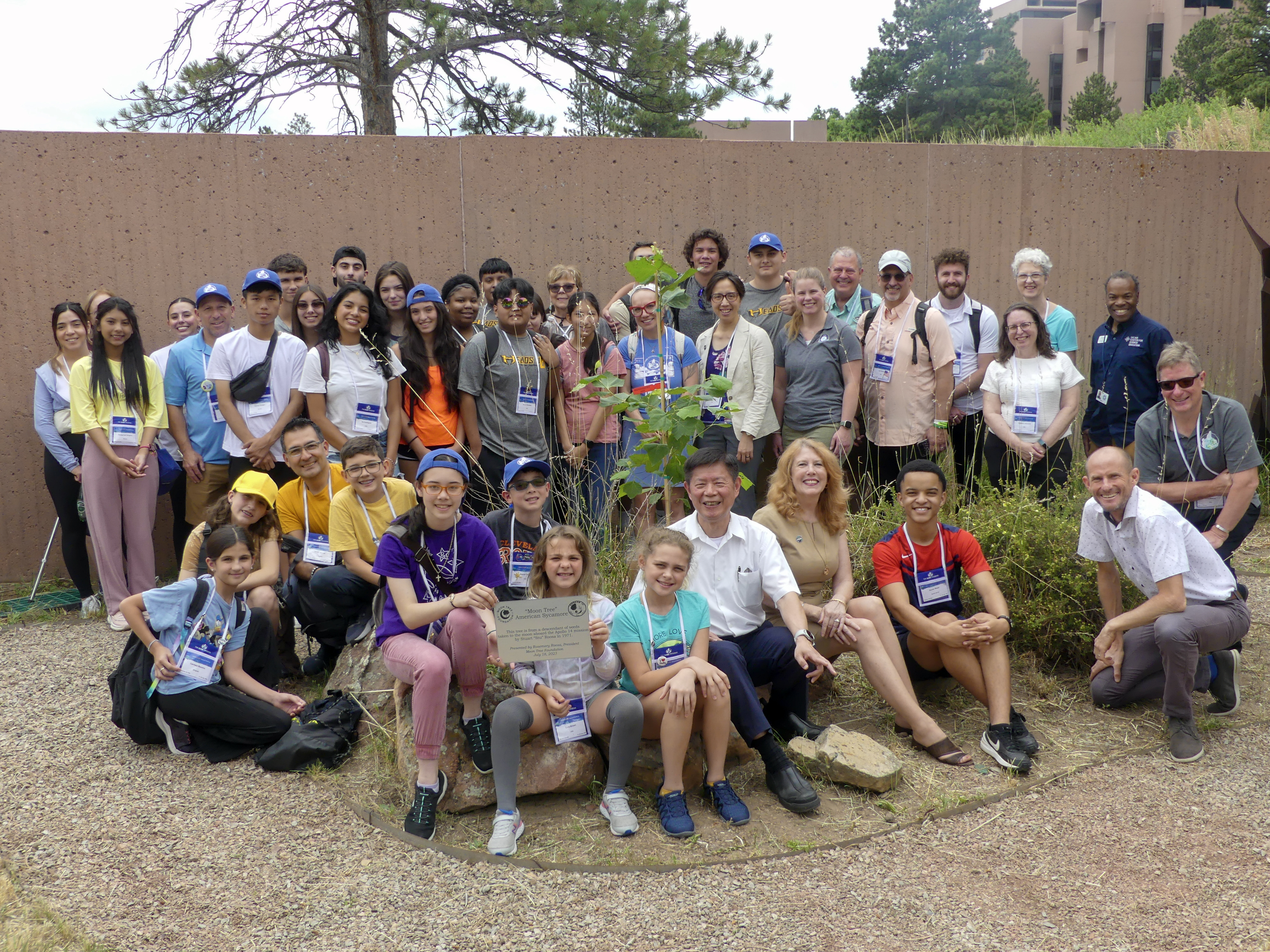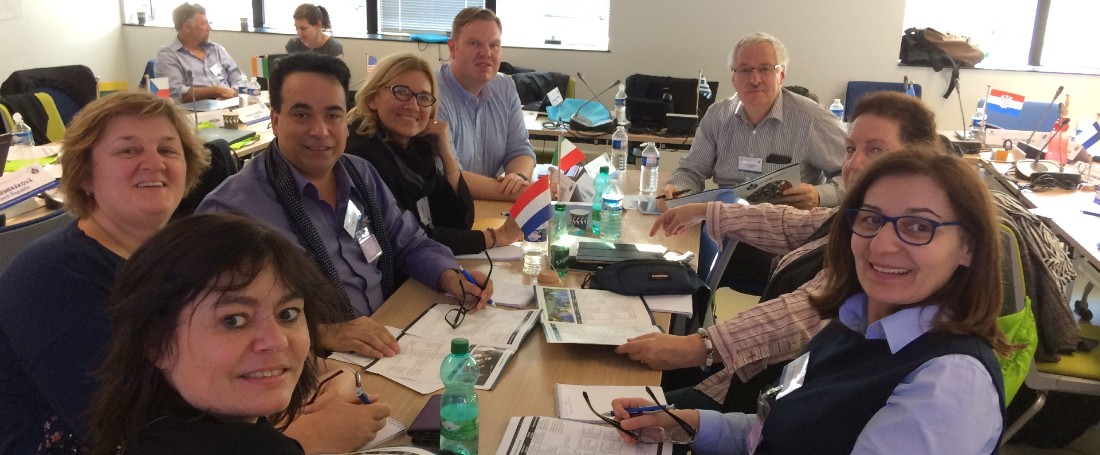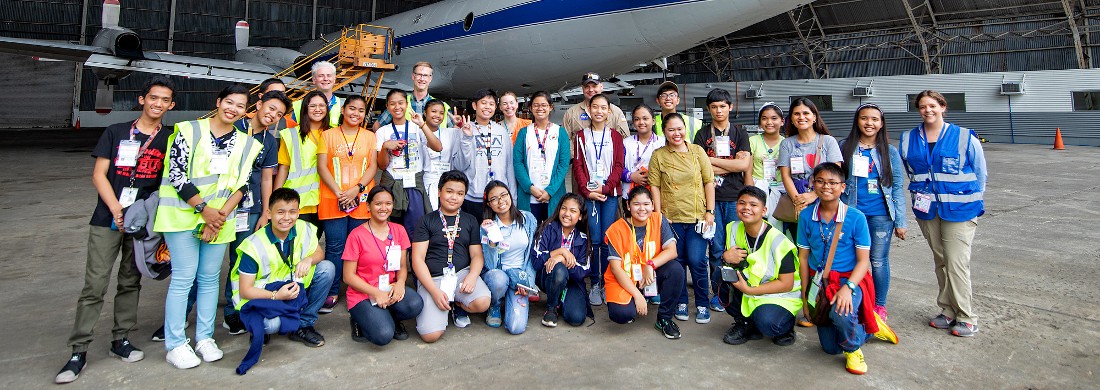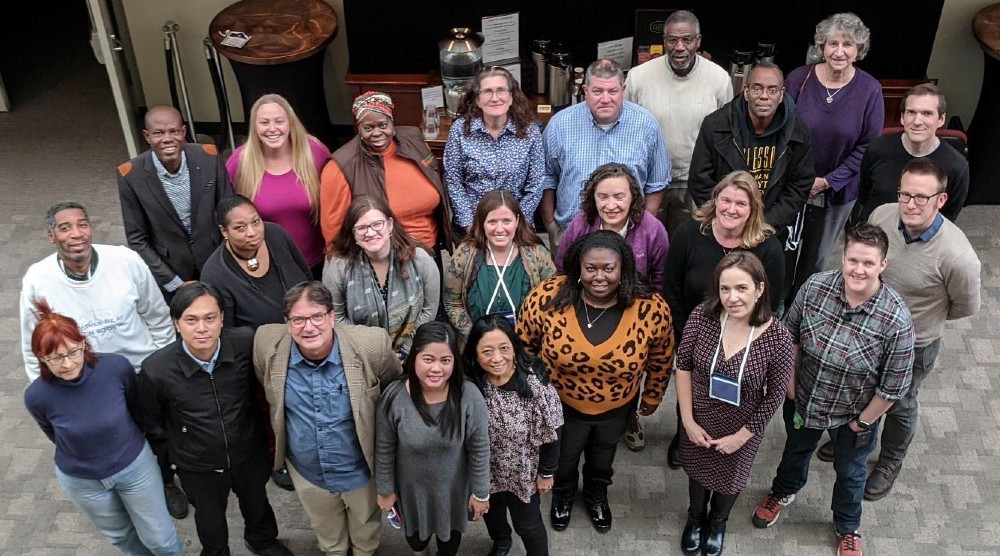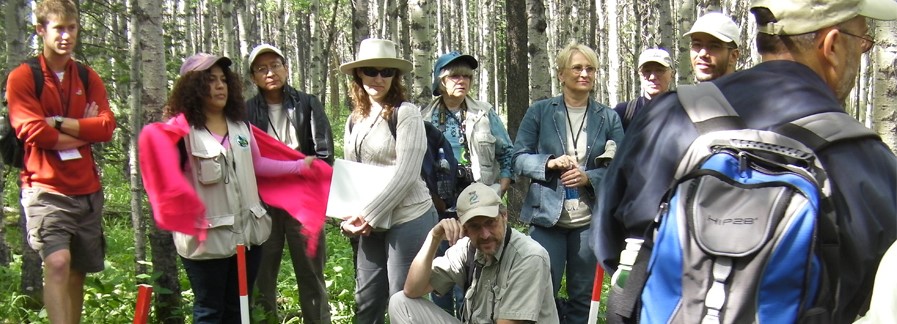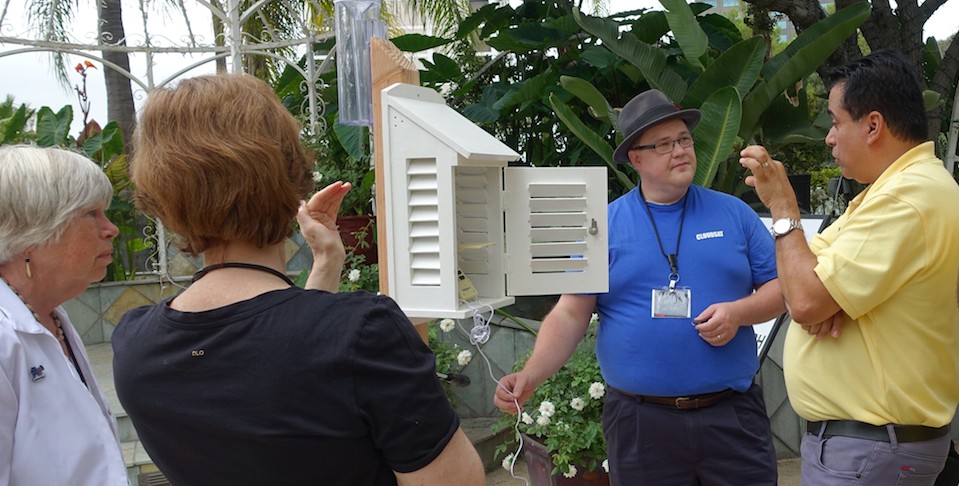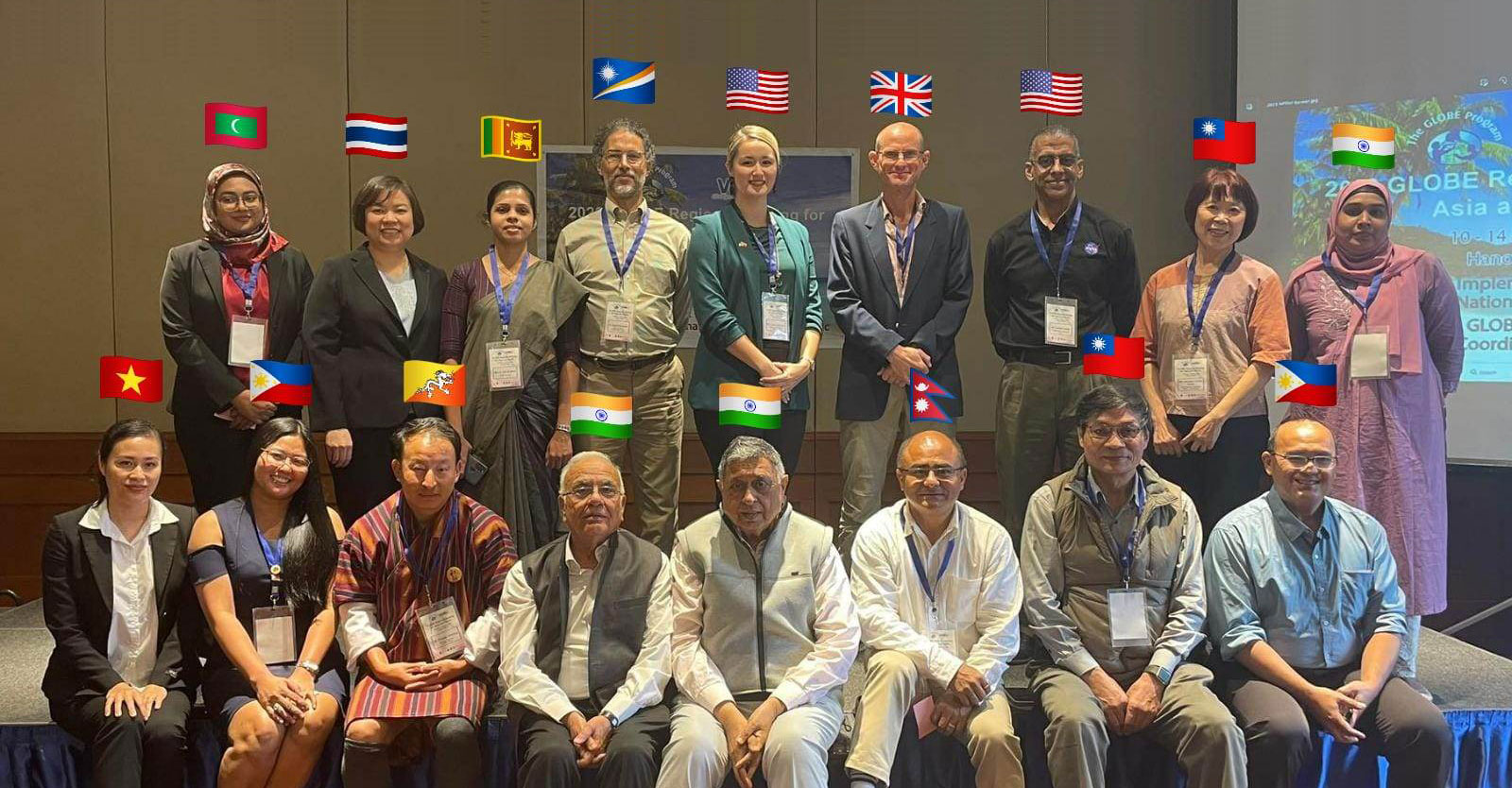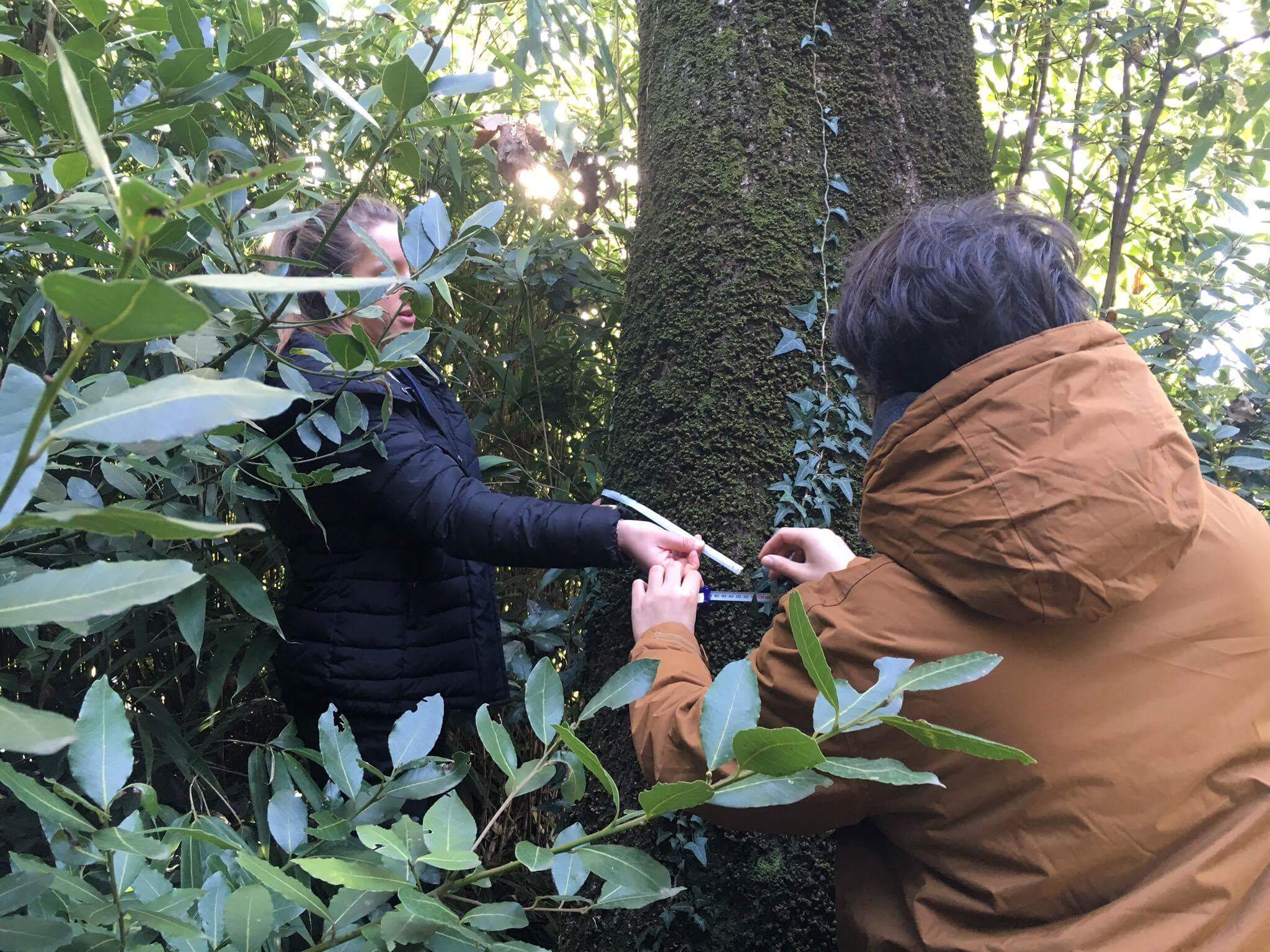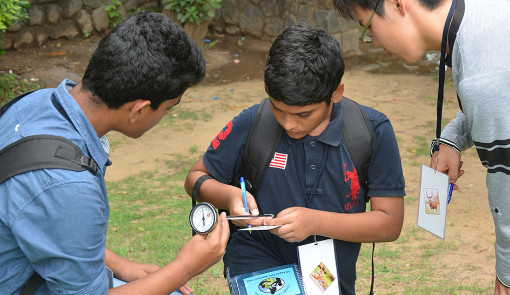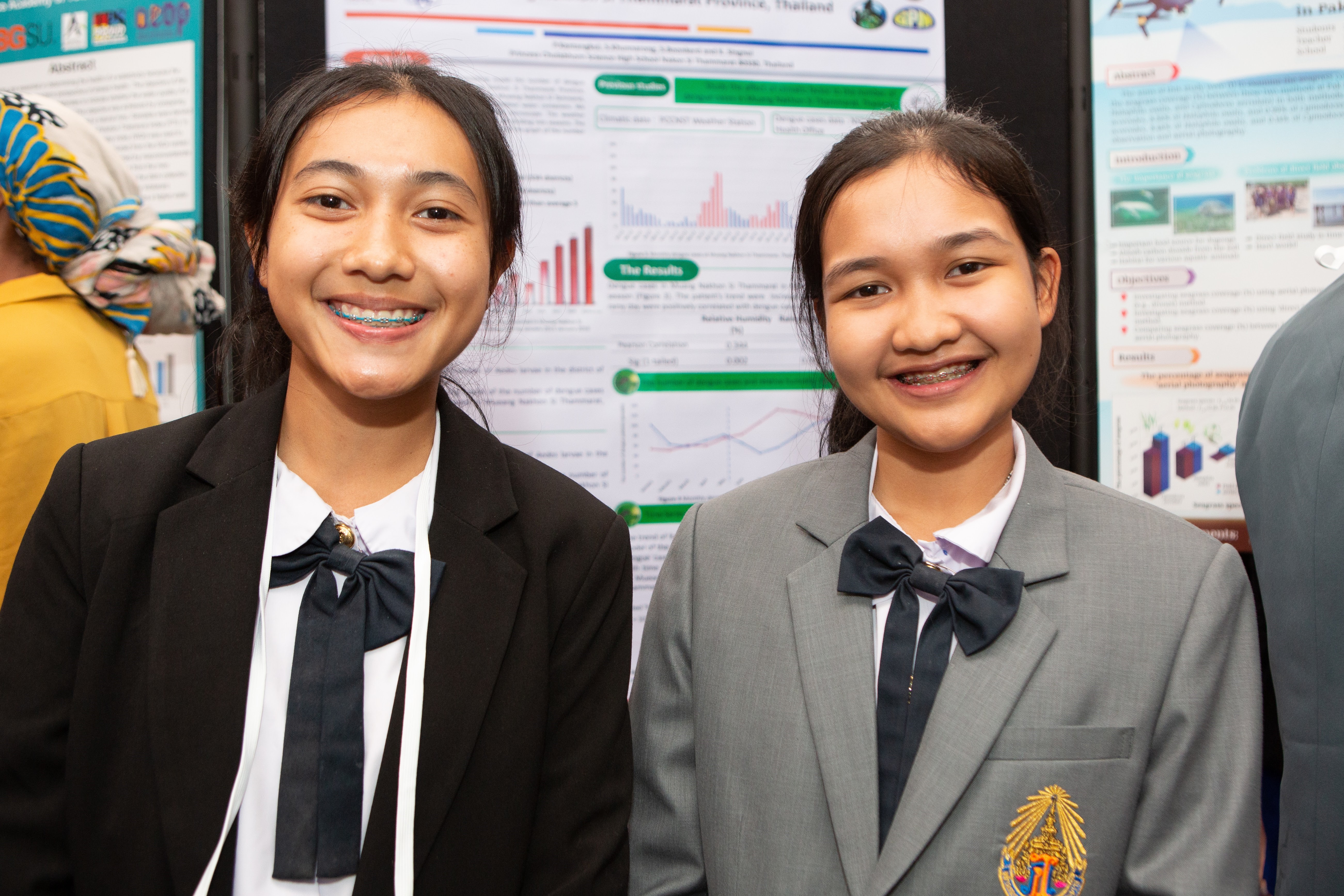The GLOBE (Global Learning and Observations to Benefit the Environment) Program is an international science and education program that focuses on promoting scientific literacy and building connections between people passionate about the environment. GLOBE has three primary goals: increasing environmental awareness, contributing to increased scientific understanding of the Earth and supporting improved student achievement in science and mathematics. By participating in GLOBE, students, educators, citizen scientists, and researchers can connect with the program’s global community.
GLOBE learners also investigate and study Earth System Science through their own research projects and those led by NASA. These projects can center around one of GLOBE’s various protocols, campaigns or other initiatives. By participating in these initiatives, GLOBE community members are inspired to
collect, submit and analyze GLOBE measurement data from around the world.
With the support of NASA and the federal science agencies that sponsor GLOBE, namely the National Oceanic and Atmospheric Administration (NOAA), the National Science Foundation (NSF) and the U.S. Department of State (DoS), GLOBE engages learners in the scientific process and advances scientific literacy and science diplomacy. Through GLOBE’s community engagement, the program serves as a bridge between the researchers of today and those of tomorrow.
